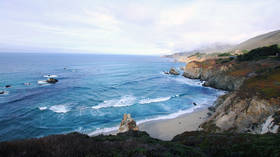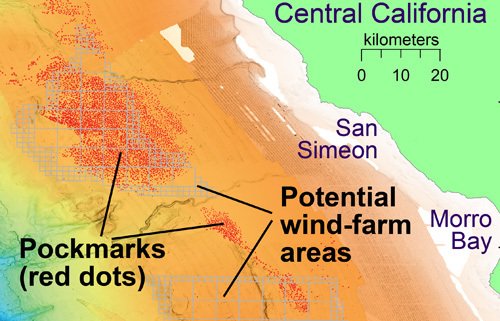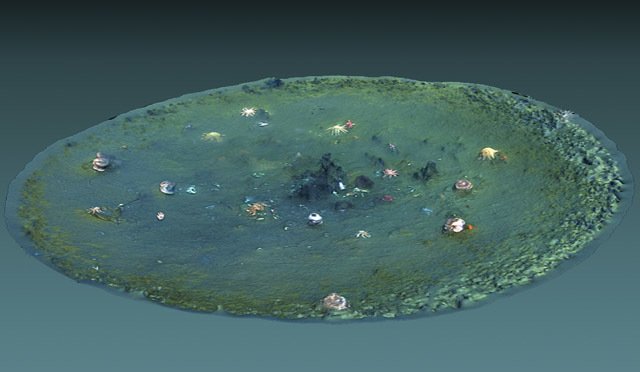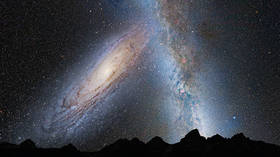Experts baffled after finding thousands of strange HOLES in the seabed off California (IMAGES)

Researchers scanning the deep seabed off the coast of California at the site of a proposed wind-energy farm have made an alarming discovery: thousands of mysterious holes, some as deep as 5 meters (16 feet).
Scientists from the Monterey Bay Aquarium Research Institute (MBARI) discovered some of these ‘pockmarks’ during a sonar survey of the area 20 years ago. However, new and much more detailed studies of the seafloor have revealed the alarming extent of the situation, with over 5,200 pockmarks spread out across 1,300 square kilometers.
And the problem doesn’t stop there.
The MBARI also says that these holes are also accompanied by more shallow ‘micro-depressions’ which the team believes are relatively recent features, and likely formed when fish stirred up softer sediment and currents carried it away.

Experts are completely stumped as to what created the deeper pits. Similar features found elsewhere in the world, such as near Taiwan, have been linked to the release of methane gas, but there’s no sign of methane in the sediment or seawater here. Gases being released like that could destabilize the seafloor – a serious risk for wind turbines, but the researchers say these pockmarks don’t seem to have been active in at least 50,000 years.
“The cause and persistence of the pockmarks still remains a mystery,” MBARI researcher Eve Lundsten said of their strange discoveries. “The pockmarks and micro-depressions in this area are both holes in the seafloor that occur in softer sediments, but they are morphologically distinct.”

If you like this story, share it with a friend!













